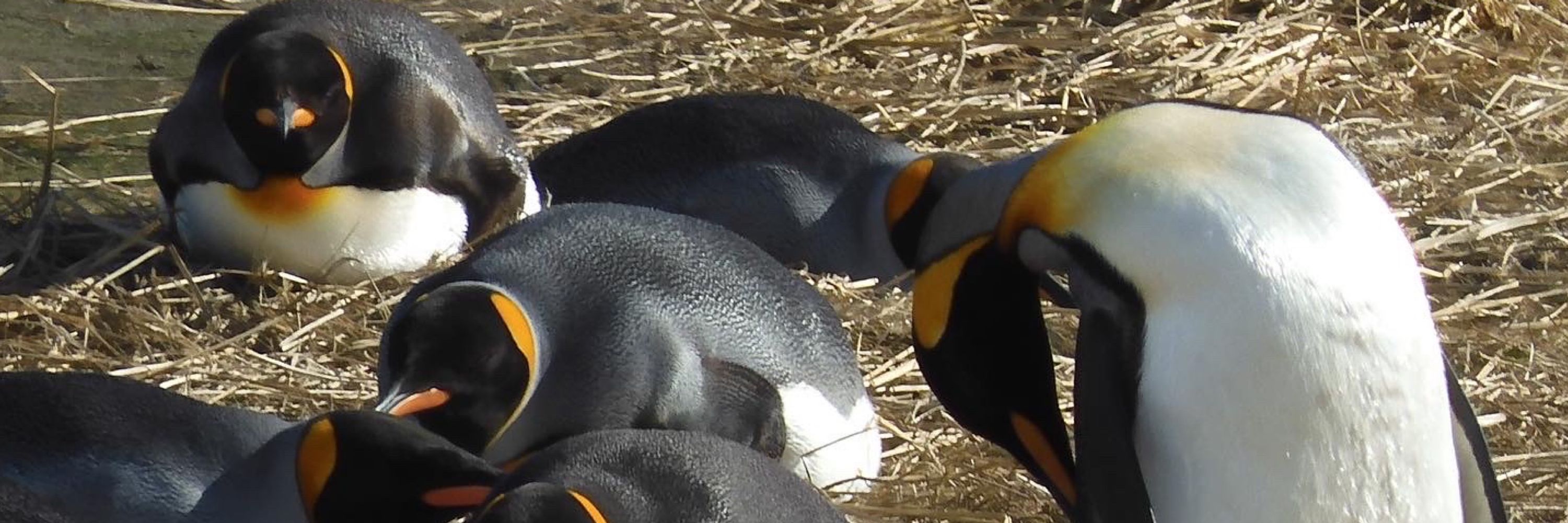
Penguin field biologist turned PhD candidate
Reintroducing bush stone-curlews to Millowl
#SuperstarOfSTEM alumnus

Having completed 6-months of living their best wild lives means that I’ll now be mostly hands off (except for following their movements via their GPS backpacks like the creep that I am)
Thrive, birdies, thrive!

Having completed 6-months of living their best wild lives means that I’ll now be mostly hands off (except for following their movements via their GPS backpacks like the creep that I am)
Thrive, birdies, thrive!
If you look closely, you’ll see two very young cape barren goslings amongst four much older ones.
I’ve been watching this family all week and they certainly appear to be in harmony.

If you look closely, you’ll see two very young cape barren goslings amongst four much older ones.
I’ve been watching this family all week and they certainly appear to be in harmony.

My days are currently being spent between appointments, tests, and slow walks in nature. I’m not mad about it.

My days are currently being spent between appointments, tests, and slow walks in nature. I’m not mad about it.
Once (still?) considered one of the rarest geese in the world, Milawul, with its fox-free status, is now a population stronghold for the species.
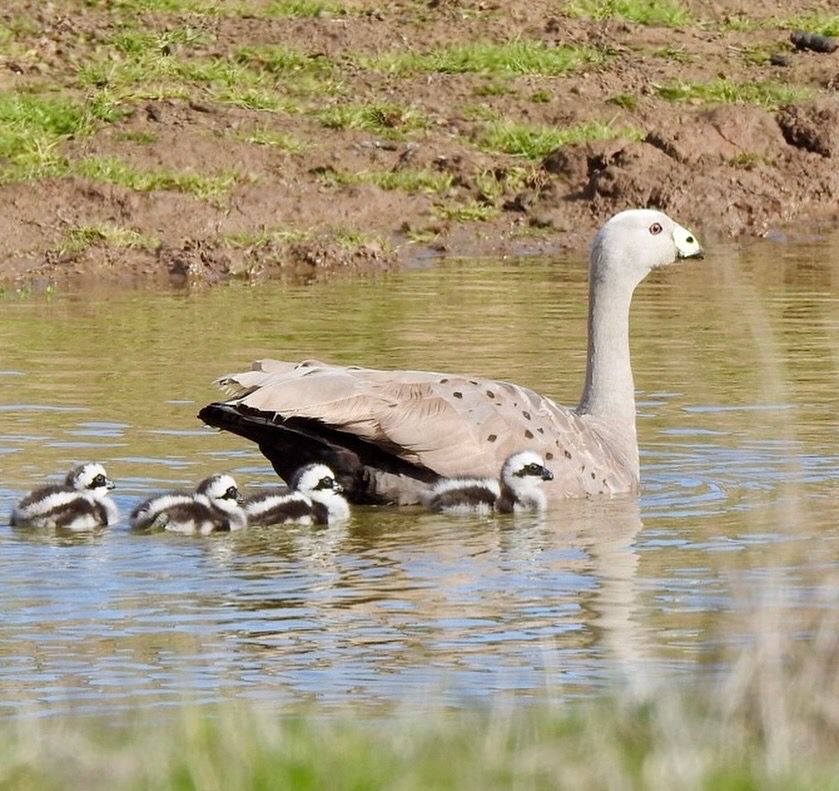
Once (still?) considered one of the rarest geese in the world, Milawul, with its fox-free status, is now a population stronghold for the species.
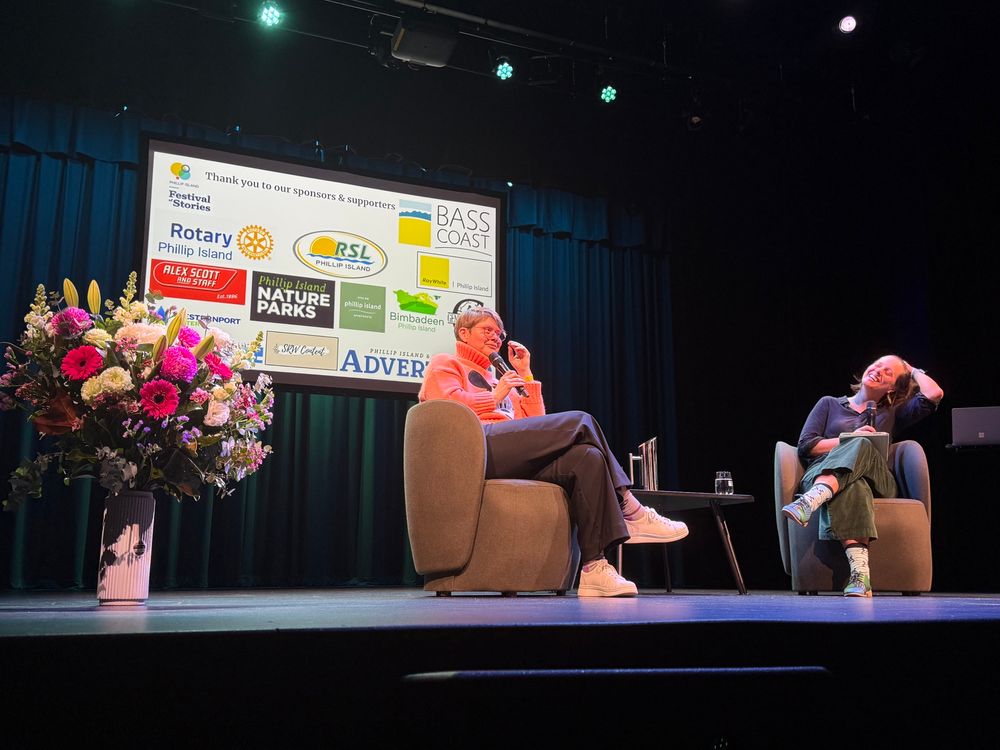

www.abc.net.au/news/2025-07...
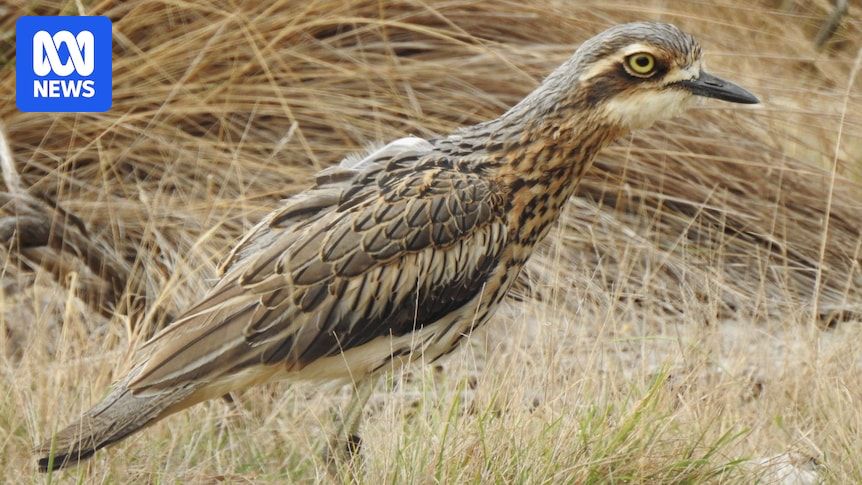
www.abc.net.au/news/2025-07...
Today is also 4 weeks until I undergo surgery for thyroid cancer 🫠
You win some, you lose some.
Here’s a cake I gifted my GP today.

Today is also 4 weeks until I undergo surgery for thyroid cancer 🫠
You win some, you lose some.
Here’s a cake I gifted my GP today.

Each year I struggle with the colder weather, and I like to look for the things that spark joy- like the whales that migrate past my local beach, the cape barren geese breeding, and the flame robins that come down from the high country.

Each year I struggle with the colder weather, and I like to look for the things that spark joy- like the whales that migrate past my local beach, the cape barren geese breeding, and the flame robins that come down from the high country.
“If successful, the reintroduction will demonstrate how we can work together to recover species from extinction and return them to their natural ecological roles across south-eastern Australia.”

“If successful, the reintroduction will demonstrate how we can work together to recover species from extinction and return them to their natural ecological roles across south-eastern Australia.”
With over thirty birds on the island, it’s likely the largest bush stone-curlew population in the state.

With over thirty birds on the island, it’s likely the largest bush stone-curlew population in the state.
Our pilot reintroduction of bush stone-curlews on Phillip Island has been a success, with a 75% survival rate over 7-months post-release.
This week, we’re moving onto the next phase and attempting to establish a population.
Our pilot reintroduction of bush stone-curlews on Phillip Island has been a success, with a 75% survival rate over 7-months post-release.
This week, we’re moving onto the next phase and attempting to establish a population.
Their decline in southern Australia is due to ⬇️ roosting habitat and ⬆️ in predation by invasive predators.
This photo shows just how important daytime roosts are to avoid predation - overstory to hide under & woody debris to camouflage amongst.

Their decline in southern Australia is due to ⬇️ roosting habitat and ⬆️ in predation by invasive predators.
This photo shows just how important daytime roosts are to avoid predation - overstory to hide under & woody debris to camouflage amongst.
15 to go.
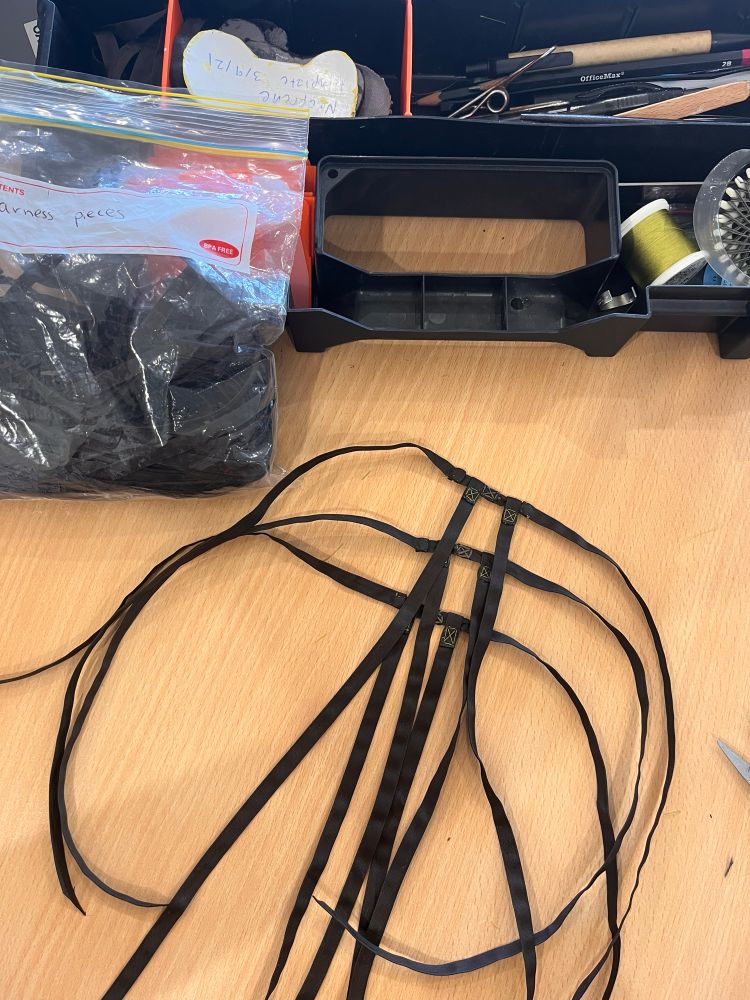
15 to go.
This time I’m trialling a few different treatment groups with the aim of increasing translocation success 🤞🤞

This time I’m trialling a few different treatment groups with the aim of increasing translocation success 🤞🤞

We're a lab group at ANU researching conservation in the context of rewilding, genetics, translocations, and species coexistence. We aim to understand and restore ecosystems, prioritising species that shape landscapes and promote biodiversity.


Here’s a lovely little sacred kingfisher.

Here’s a lovely little sacred kingfisher.
Some very ingesting research from ANU PhD candidate, Hannah Gerke, showing translocated snakes lose significant weight and body condition.
Here’s an ABC article that summarises the work.
www.abc.net.au/news/2025-02...

Some very ingesting research from ANU PhD candidate, Hannah Gerke, showing translocated snakes lose significant weight and body condition.
Here’s an ABC article that summarises the work.
www.abc.net.au/news/2025-02...

